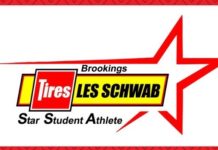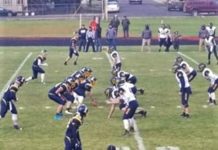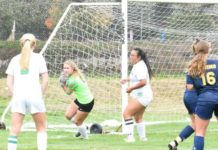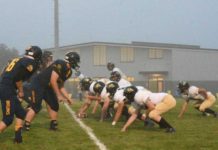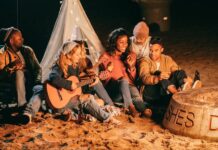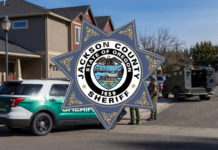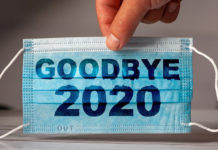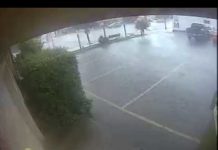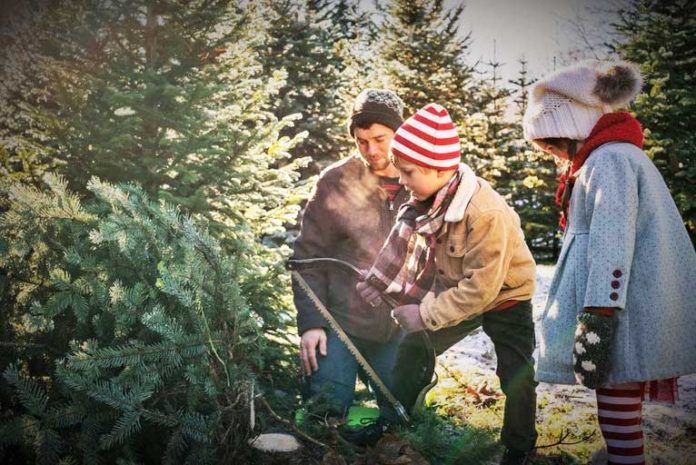For some, Christmas tree cutting in our local National Forests has been a holiday tradition for many years. How you collect your Christmas Tree can be half the fun, and the U.S. Forest Service is giving everybody an opportunity to make an adventure out of it!
In Oregon, there are 2 ways to get yourself a permit to cut your own tree…
Online, through recreation.gov which allows people the convenience of purchasing and printing up to 5 permits from their homes.
Northern California’s Six Rivers National Forest has announced that in effort to replace in-person transactions at offices that may remain closed due to the COVID-19 pandemic, Christmas tree permits will only be available for purchase online from www.recreation.gov/tree-permits/srnf this holiday season.
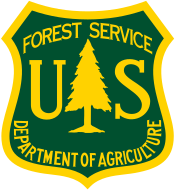
All standard rules and regulations apply when purchasing Christmas tree permits through recreation.gov. Permits MUST be printed to be valid.
There are some Guidelines and Restrictions for collecting your Christmas Trees.
One permit is required for each Christmas tree, and five permits maximum, per household. Permits are $5.00 each in Oregon, and $10.00 each in California .
As part of the ‘Every Kid in a Park initiative’, ALL 4th AND 5th graders are entitled to one FREE Christmas tree permit with a valid Every Kid in a Park pass.
To get the park pass, visit https://everykidoutdoors.gov and Every Kid Outdoors pass holders simply visit recreation.gov and enter in the unique passcode on their plastic pass or paper voucher for their free permit. (A surcharge from recreation.gov applies to each transaction.).
Every Kid Outdoors pass holders simply visit recreation.gov and enter in the unique passcode on their plastic pass or paper voucher for their free permit. (A surcharge from recreation.gov applies to each transaction.).
Christmas tree permits must be validated and attached to your tree during transit.
Select any tree species in the U.S. National Forest designated area you are permitted to harvest in that is less than 12 feet tall, within 15 feet of another tree, and cut your Christmas tree and be sure to leave your stump shorter than 12 inches.
Christmas tree permits must be validated and attached to your tree during transit.
Below are some of the types of trees that you may see during your trip into our local National Forests and how you can identify them.
SHASTA FIR:
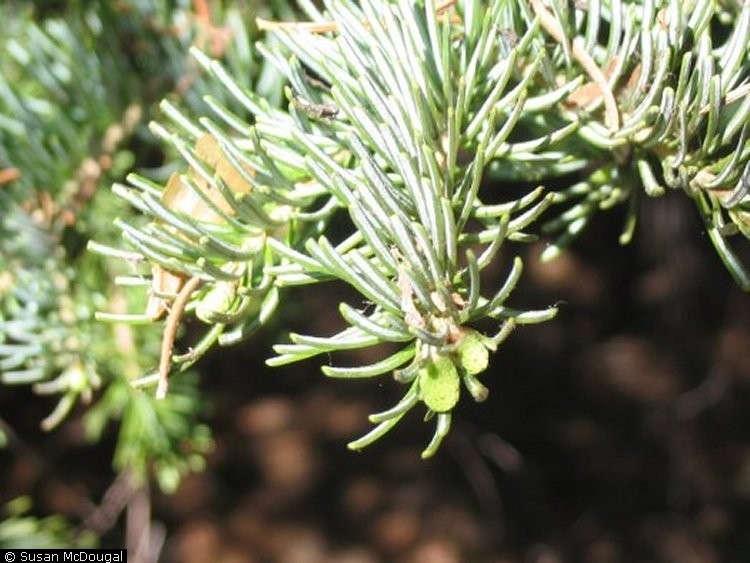
- Needles are generally 0.75 – 1.5 inches long.
- Mature needles are dark blue-green. Newer growth is a silvery color.
- Has stiff strong branches, great for heavier ornaments.
- Holds needles and maintains color well.
DOUGLAS-FIR:
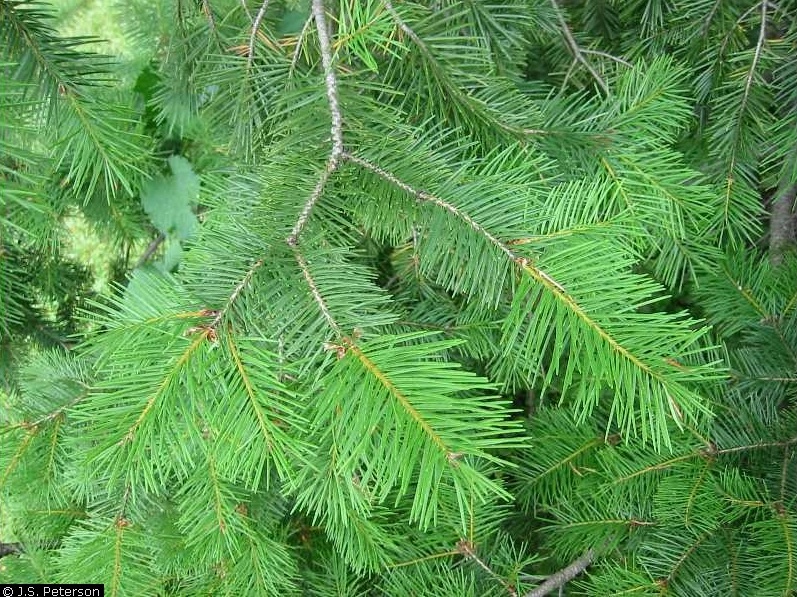
- Has 1- to 1 ½-inch needles.
- Needles hold a blue to dark green color.
- Needles radiate in all directions, are generally soft to the touch, and resemble a pipe cleaner or bottle brush.
- Can turn brown faster than other Firs even if put immediately into water after harvesting.
PACIFIC SILVER FIR:
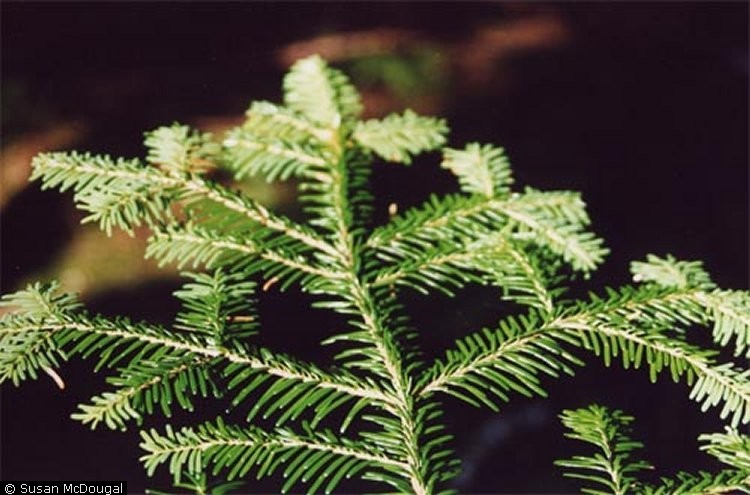
- Has flat ¾- to 1 ½-inch needles.
- Needles are dark green on top with white lines underneath.
- Needles point forward and upward rather than lying flat.
- Stays green and holds needles well.
In Brookings permits can be obtained at:
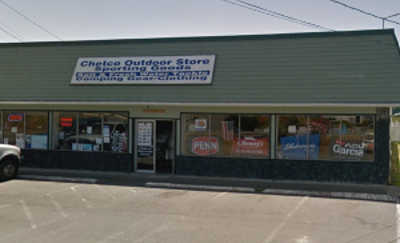
Chetco Outdoor Store
16220 Hoffeldt Lane,
Brookings, OR (541) 469-9151
In Gold Beach permits can be obtained at:
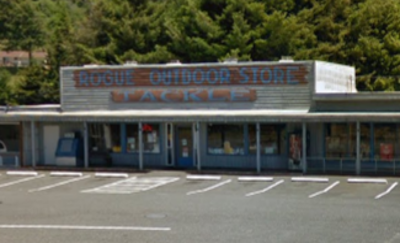
Rogue Outdoor Store
29865 Ellensburg Ave.
Gold Beach, OR (541) 247-7142
Let someone know where you’re going and your estimated return time.
Bring cold-weather clothing, even if the day is nice when you start out.
Bring emergency food and water, first-aid kit, tire chains, and shovel.
Have a full tank of gas in your vehicle and don’t forget to bring a map.
Don’t forget to bring your tag–you’ll need to attach it to your tree! For all outdoor activities this time of year, be prepared for winter weather. Check weather and road conditions prior to departure and always travel with a full tank of gas. Travel with adequate supplies such as warm clothing, blankets/sleeping bags, high energy food, water, warm beverages, first aid kit, flashlight, whistle, mirror, shovel, chains, and maps. You should always let someone know where you plan to harvest your tree and your expected return time.






